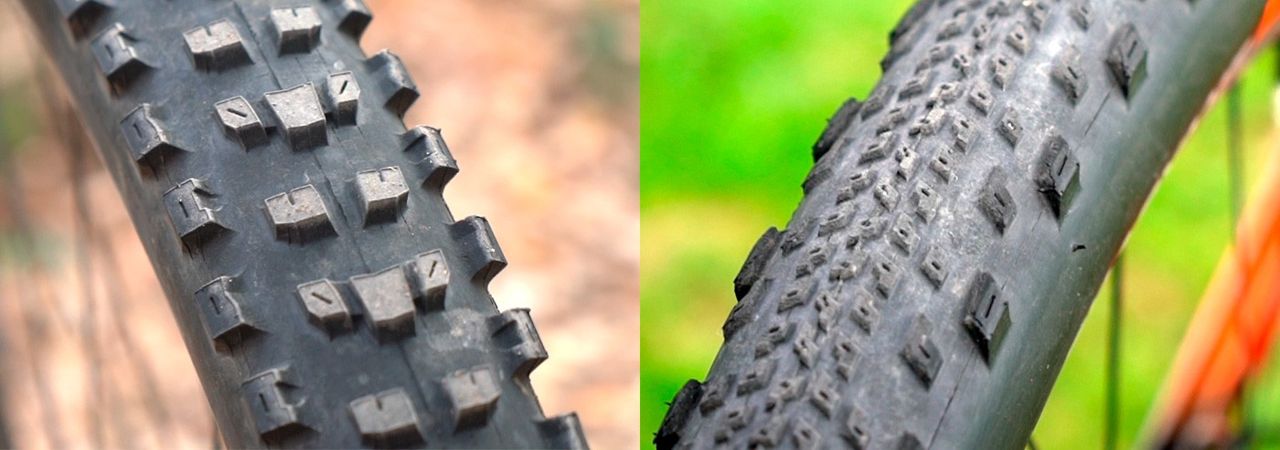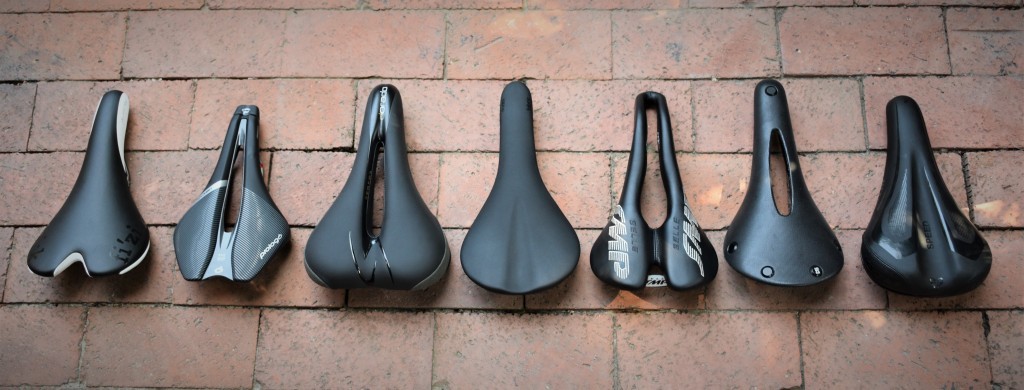Free shipping to every country in the world! (Check conditions)

Choosing Bike Tires: A Complete Guide to Features
Choosing Bike Tires: A Complete Guide to Features
Choosing the right bike tires is crucial to maximizing performance and safety on your rides. This article will walk you through all the key features you need to consider, from terrain type to tire size and compound.
Types of Tires by Terrain
Bike tires are primarily classified based on the terrain they are designed for. Some of the most common types include:
- Road Tires: These tires are smooth and optimized for riding on asphalt. They offer low rolling resistance and are designed to reach high speeds.
- Mountain Tires: With larger, more widely spaced lugs, these tires provide traction on uneven, loose terrain, such as trails and dirt roads.
- Hybrid Tires: Designed to handle a variety of terrain, these tires offer a balance between on-road speed and off-road traction.
Tire Size
Tire size is expressed in two dimensions: diameter and width, commonly in inches or millimeters. Selecting the right size for your bike is crucial. Common sizes include:
- 700c: Predominant on road bikes, it provides high rolling efficiency.
- 26-inch: Common on older mountain bikes, this size offers maneuverability.
- 29-inch: Offers better rolling ability on rough terrain, widely used on modern mountain bikes.
- 27.5-inch: A popular middle-of-the-road option on mountain bikes for its balance between maneuverability and rollability.
Tread Types and Their Impact
Tread design on tires directly affects traction and rolling resistance. Here are some types of tread patterns and their characteristics:
- Slick: Ideal for the road, it reduces friction and allows for higher speeds on smooth surfaces.
- Semi-slick: It offers a smooth surface in the center for speed and studs on the sides for greater traction in curves.
- With studs: Deep studs provide superior grip on soft or loose terrain, such as mud or gravel.
Compounds and Materials
The compound of the tire's rubber determines its durability, grip and rolling resistance. Some of the most commonly used compounds are:
- Hard compound: Greater durability, but less grip. Ideal for riders who ride long distances and prefer less wear.
- Soft compound: Offers better grip, especially in wet or technical conditions, but wears out more quickly.
- Dual compound: Combines a harder compound in the center for durability and a softer compound on the edges for better cornering grip.
Tire Pressure
Air pressure in tires is crucial for performance. Higher pressure reduces rolling resistance but can compromise grip and comfort. On the other hand, lower pressure increases traction and comfort, but increases drag.

Browse our collection of bike tires and enhance your riding experience with the perfect option for you.
Conclusion
Choosing the right bike tires depends on several factors, such as terrain, size, tread type, and tire compound. Taking the time to select the right tire can make a huge difference in your performance and safety. Ready to upgrade your ride? Share this article and tell us which tire is your favorite.












